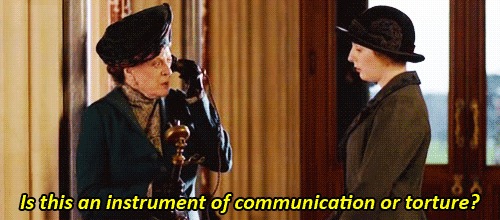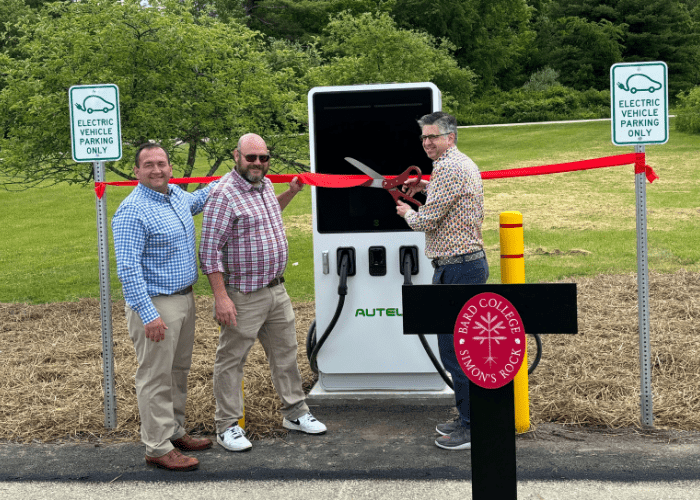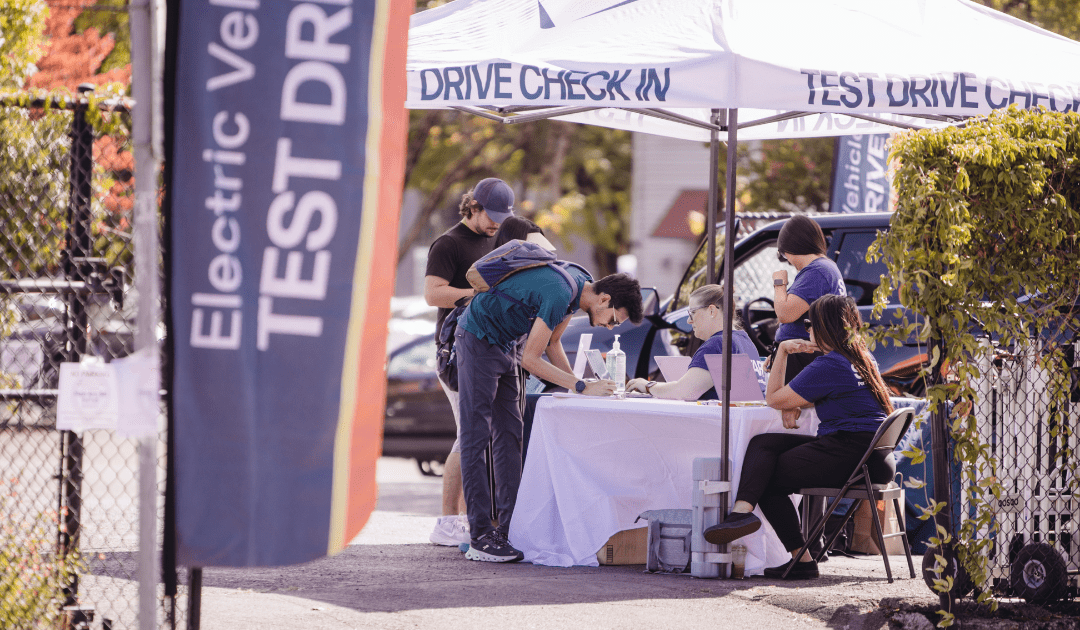Remember when every phone number that was deemed important you had to memorize or came in a catchy commercial jingle such as JJ Wentworth’s infamous “877-NeedCashNow” humdinger? How about when you were actually excited to get a call on your phone? In today’s world of instant messenger, social media, and isolated contact, talking on the phone has turned from one of the most common forms of correspondence to a dreaded and often ignored form of communication.
 Professionally, I am involved in phone calls on a daily basis. Some are simply conference calls where I am able to mute myself entirely and others involve me leading an exploratory call with event hosts. Nevertheless, I mostly spend my phone time calling potential vendors and event participants to invite them to partake in engaging and hands on educational events across the country.
Professionally, I am involved in phone calls on a daily basis. Some are simply conference calls where I am able to mute myself entirely and others involve me leading an exploratory call with event hosts. Nevertheless, I mostly spend my phone time calling potential vendors and event participants to invite them to partake in engaging and hands on educational events across the country.
Despite my daily use of the phone during work hours, if I feel my cellphone vibrate for longer than two buzzes, a couple things happen. My heart stops, my palms begin to sweat, and I have an internal battle of whether or not I really need to answer the call. It is astonishing to me how more and more people prefer texting over speaking directly to the person; after all, calling someone about plans to get immediate information instead of texting them and waiting ten minutes for a reply seems like a no brainer, right? You would be surprised.
Hello, Are You There?
In a profession that invokes the usage of “cold calling”, an unsolicited call by telephone (or in person) in attempt to sell goods or services [Source: Google Definition], one’s voicemail becomes the most contact someone will have in their intended outreach. By avoiding or dismissing a phone call, the recipient gains a sense of control that allows for them to dictate how much further the relationship will go. It is not unusual to never speak directly to your intended person, however, when contact is reached, an immediate sense of a responsibility is required in order for your audience to stay on the line. Subsequently, to gauge the interest of the called, confidence and enthusiasm is needed to continue the discussion and thus, gain their business or partnership. For many, this comes with a price.
 The mere fact that most cold calls result in a span of 10 to 15 seconds to sell not just your product or services, but to sell yourself, results in sweaty palms, cracked voices, and lost trains of thought. Some find it helpful to write down what they will be saying and spit it back verbatim as soon as they hear a voice, but this tactic does not develop the sense of relationship that will build both one’s confidence nor the attention of their intended partner. Before you dial and become aware of your awkwardly high-pitched voice, realize you have no idea what you are going to say after the third ring, or catch yourself secretly hoping in your head that no one answers, here are five tips that will make the process of talking on the phone that much more bearable.
The mere fact that most cold calls result in a span of 10 to 15 seconds to sell not just your product or services, but to sell yourself, results in sweaty palms, cracked voices, and lost trains of thought. Some find it helpful to write down what they will be saying and spit it back verbatim as soon as they hear a voice, but this tactic does not develop the sense of relationship that will build both one’s confidence nor the attention of their intended partner. Before you dial and become aware of your awkwardly high-pitched voice, realize you have no idea what you are going to say after the third ring, or catch yourself secretly hoping in your head that no one answers, here are five tips that will make the process of talking on the phone that much more bearable.
Cold Calling Tips
- Breathe and smile as you are dialing. By taking a moment for yourself before you call, you are able to relax and clear your mind. This allows for you to be able to go into the call with the confidence and stature you will need. Adding the smile will encourage optimism and evoke a strong sense of self to your voice and a needed positive attitude that is required when cold calling.
- Have a broken down script with key bullet points instead of word for word. One of the worst things you can do on a call is read word for word a preplanned script. Not all calls will be the same, similar, not all questions will be same. Creating an outline with key bullet points and targets allows for you to personalize each call to be tailored to your intended contact. This also allows for a more relaxed and free use of voice.
- Speak in short sentences, allowing for conversation in between. One of the most important items to keep in mind when you are calling is to speak slow, clear, and in short bursts. Do not say all you have in one go because the called will be confused and say “no, thank you”. Starting off by introducing yourself and asking how the receiver is starts a relationship needed to build a partnership and encourages them to continue and hear what you have to say. Following this, allow for dialog to play out between your key bullet points, the more your potential partner knows, the better.
- Embrace “no” or curt people and learn from them. It will be often that you may have to deal with people who are abrupt and will not let you finish your sentence before saying “no” or just hanging up. It is in these instances that you will grow the most. Understand how to take these moments as a learning experience. Look back on what you said and how you started off the call. Perhaps you missed something, or sometimes it is as simple as the recipient was not interested. Take nothing personally.
- Do not be afraid to continuously reach out, however, know when enough is enough. You may get to a point where you feel that you are smothering someone when you are calling and leaving multiple voicemails for the same person. This may be a sign to hang up the phone deem that person uninterested. Nevertheless, it is key to find the balance between attempted and obsessive contact. After your initial outreach, wait 24 hours for another callback. If you still are left with leaving a voicemail, wait another 24 to 48 hours. If still no connection is made, it is safe to say you can cross them off your list.
Cold calling may seem like a tedious and dreaded form of communication, however, it does not always have to be. In today’s world of fast-paced lifestyles and the preferred form of text or emailing as means of contact, the odd ring of the phone comes as a welcome sound to some. Although I have come accustomed to speaking on the phone, if you listen carefully, there is still a slight quiver of uneasiness in my voice. However, I just remind myself on that third ring while I wait for the phone to be picked up on the other line: breathe, smile, be confident, and all else will fall into place.






